Preserving Metal Trellises and Arbors: Complete Care Guide
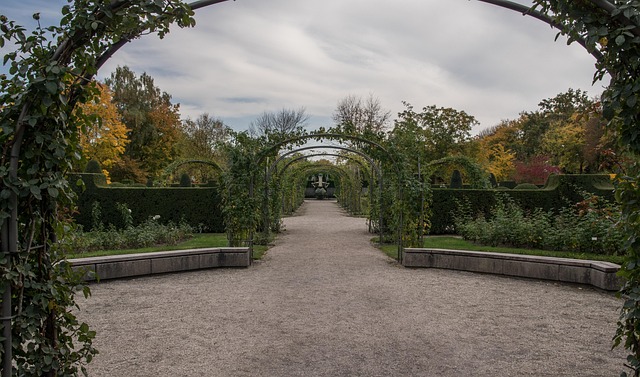
Proper maintenance ensures metal plant support trellises remain sturdy and visually appealing for ye…….
Garden Trellises and Arbors: A Comprehensive Overview
Introduction
Gardens are living art forms, where plants are the brushstrokes of a ever-evolving masterpiece. Within this green canvas, garden trellises and arbors serve as both functional elements and aesthetic statements that enhance the beauty and functionality of outdoor spaces. This article delves into the intricacies of garden trellises and arbors, their significance in various landscapes, and their role in the broader context of gardening and environmental design. Readers will gain a deeper understanding of the historical context, global impact, economic considerations, technological advancements, policy regulations, challenges, case studies, and future prospects of these garden staples.
Understanding Garden Trellises and Arbors
Garden trellises and arbors are structural elements that support and guide plant growth, providing vertical space for climbing plants to ascend and adding architectural interest to the garden. These structures can be made from a variety of materials, including wood, metal, bamboo, or plastic, and range from simple lattice panels to elaborate, pergola-style constructions. Historically, they have been used in gardens for centuries, originating from ancient civilizations and evolving with cultural shifts and horticultural advancements.
Trellises are typically smaller, often freestanding or affixed to a wall, designed to train individual plants vertically. Arbors, on the other hand, are more substantial structures that often serve as garden entrances or passageways, incorporating trellises within their design to showcase climbing plants like ivies, roses, or wisterias. They not only fulfill a utilitarian purpose by providing support for plants but also create a sense of welcome and transition within a landscape.
Global Impact and Trends
The influence of garden trellises and arbors transcends geographical boundaries, with variations in design reflecting regional climates, plant life, and cultural aesthetics. In countries like Italy, Spain, and France, where vine-covered pergolas are a common sight, these structures are integral to the Mediterranean lifestyle. In North America, wooden trellises often complement native perennial plants and shrubs. In Japan, arbors are an essential element of traditional garden design, blending seamlessly with natural elements.
Key trends shaping the trajectory of garden trellises and arbors include a shift towards sustainable materials, integration with smart gardening technologies, and a resurgence in interest for traditional, heritage-inspired designs. Urban gardening movements also contribute to the popularity of these structures as city dwellers seek to maximize limited space.
Economic Considerations
The garden trellises and arbors market is influenced by factors such as consumer demand for outdoor living spaces, eco-friendly products, and aesthetic value. Investment patterns reflect a growing interest in home gardening and landscaping, with a notable increase in the sales of DIY kits and pre-fabricated structures. These economic dynamics underscore the importance of garden trellises and arbors not just as ornamental features but as critical components of the garden industry’s economic ecosystem.
Technological Advancements
Technological advancements have revolutionized the design and function of garden trellises and arbors. Innovations in materials science have led to the development of weather-resistant, durable, and eco-friendly composites that outperform traditional woods and metals. Smart gardening systems integrate sensors and automated watering or nutrient delivery directly into the structure of some trellises and arbors, ensuring optimal plant growth with minimal human intervention.
Policy and Regulation
Policies and regulations governing garden trellises and arbors focus on environmental sustainability, building codes, and landscaping standards. Zoning laws often dictate the size and placement of these structures to maintain community aesthetics and ensure safety and privacy for residents. Legislative frameworks also address the use of non-invasive plant species to protect local ecosystems and biodiversity.
Challenges and Criticisms
Garden trellises and arbors face challenges such as durability, environmental impact, and the need for low-maintenance solutions that appeal to busy homeowners. Criticisms include the overuse of certain plant species that can become invasive, as well as the potential for structures to become neglected and unsightly. Strategies to address these issues involve promoting sustainable materials, educating gardeners on plant selection, and advocating for maintenance best practices.
Case Studies
Several case studies exemplify successful applications of garden trellises and arbors. A notable example is the High Line in New York City, where repurposed railway tracks were transformed into a green space featuring a series of striking arbors that blend functionality with artistry. Another case study is the restoration of traditional Japanese gardens, which incorporate arbors to enhance the natural beauty and symbolic meanings within the garden setting.
Future Prospects
The future of garden trellises and arbors is poised for growth, with potential expansions into urban greening initiatives, community gardens, and eco-tourism destinations. Innovations in modular design will allow for more customizable solutions that adapt to various spaces and purposes. The integration of technology and biophilic design principles will continue to elevate these structures as focal points in the garden landscape.
In conclusion, garden trellises and arbors are multifaceted elements that serve both aesthetic and practical functions in a garden setting. Their historical roots, global influence, economic impact, technological advancements, policy considerations, challenges, and future prospects highlight their significance as vital components of horticulture and environmental design. As we move forward, the evolution of these structures will continue to reflect our changing relationships with nature, technology, and the spaces we inhabit.

Proper maintenance ensures metal plant support trellises remain sturdy and visually appealing for ye…….
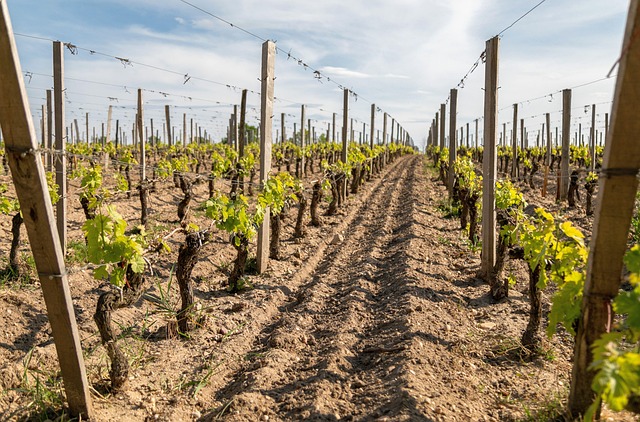
Hand-forged metal trellises, with their historical significance and intricate beauty, have long been…….
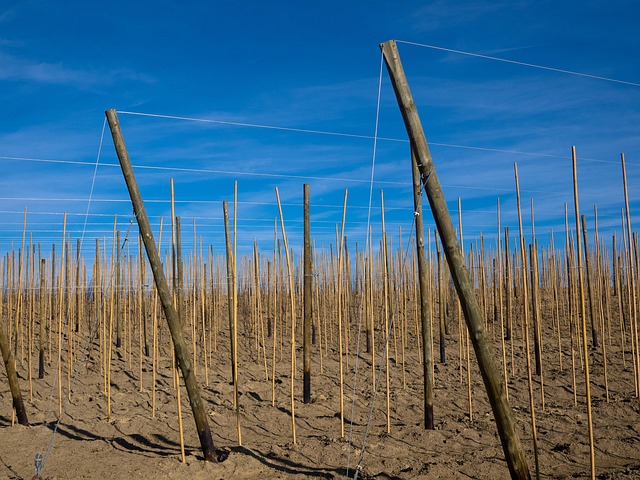
Decorative garden arbors transform outdoor spaces with artistic flair, offering endless customizatio…….
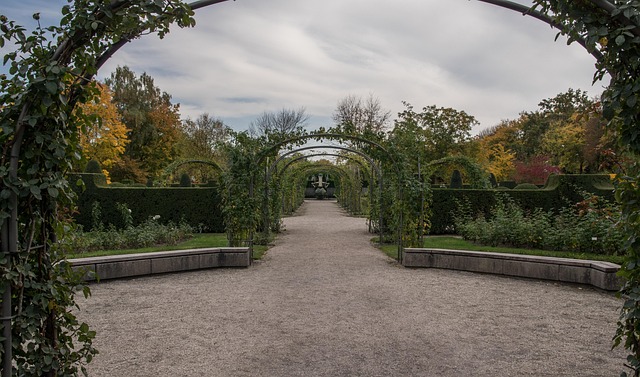
Rust, corrosion, and outdoor elements threaten the durability and aesthetics of custom garden trelli…….
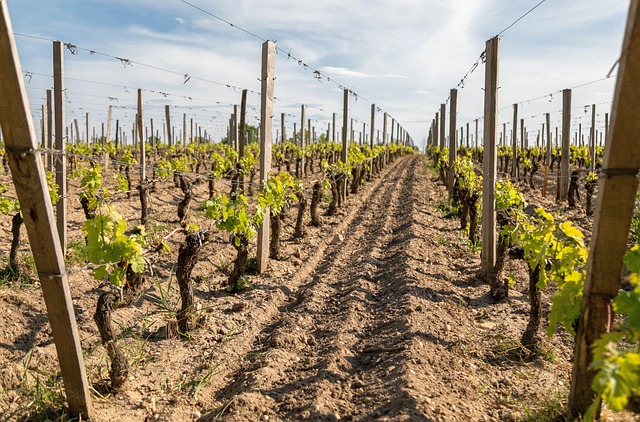
A proper installation is crucial for wooden garden trellises, ensuring durability and structural int…….
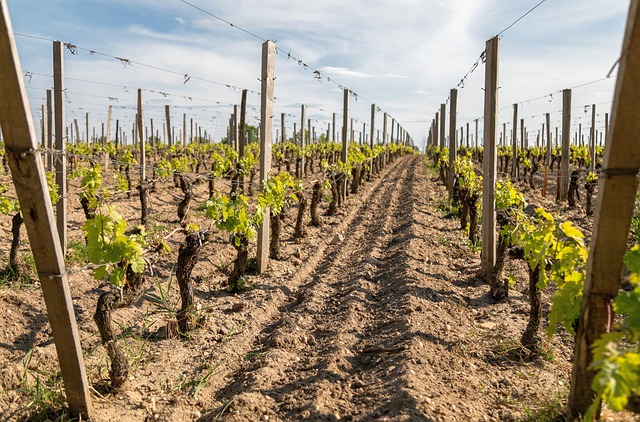
Metal garden trellises, celebrated for their artistic craftsmanship and functional beauty, have been…….
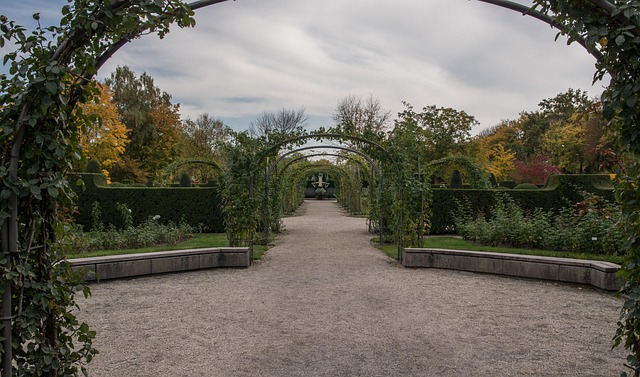
Vertical gardening with garden trellises and arbors is a revolutionary approach for small gardens an…….
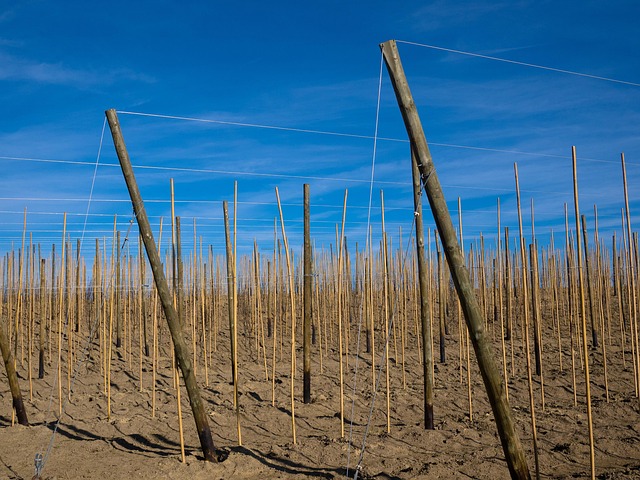
The growing demand for sustainable materials in garden design, particularly for custom garden trelli…….
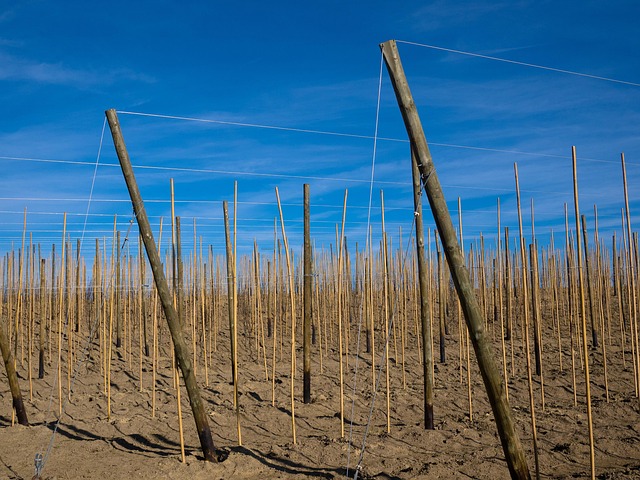
Wooden garden trellises are versatile and charming additions that provide structural support and aes…….

Transform your outdoor space with illuminated metal garden trellises, offering both aesthetic appeal…….